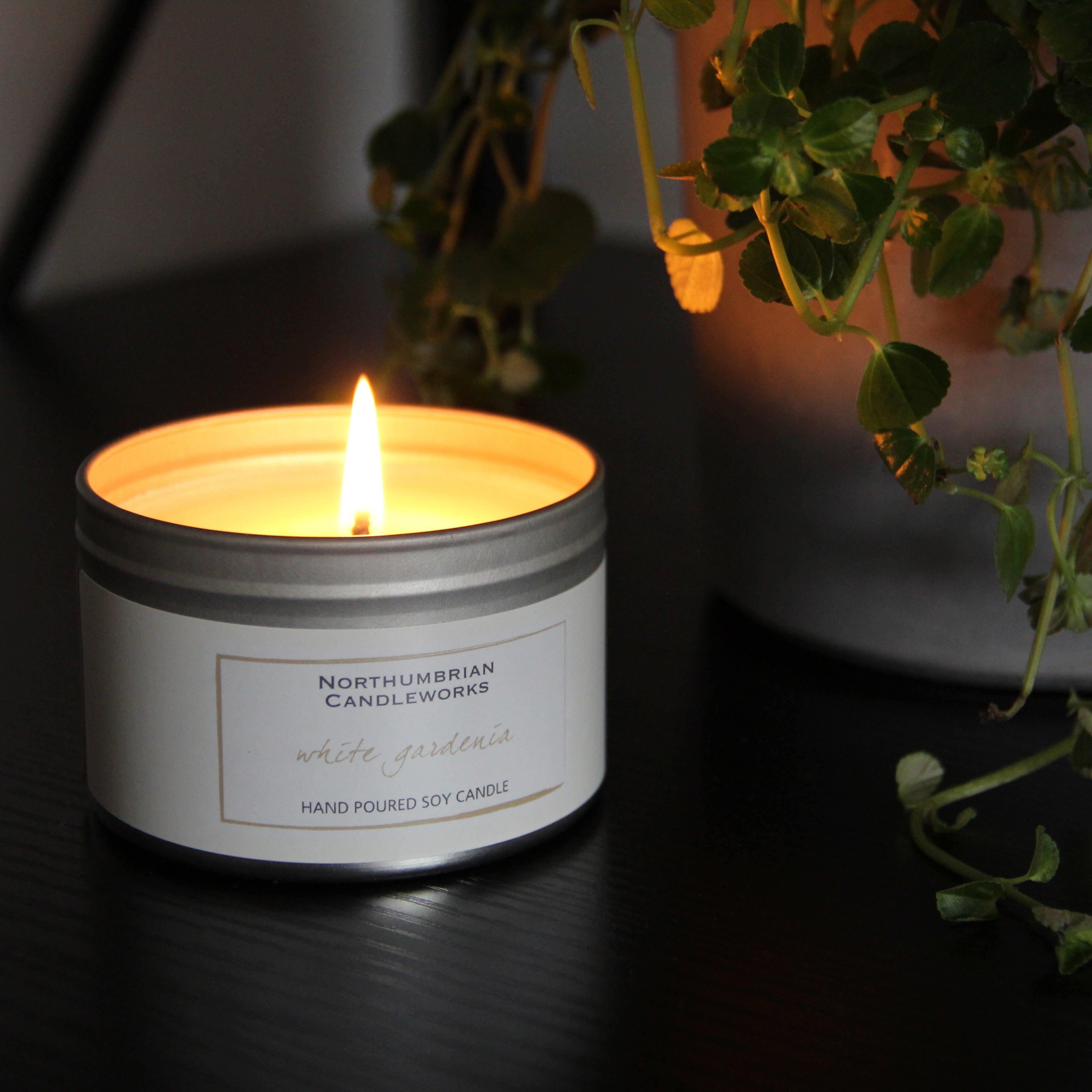Learn the Magic of Crystal Soy Candles and Home Fragrance
Learn the Magic of Crystal Soy Candles and Home Fragrance
Blog Article
From Wick to Wax: Understanding the Chemistry Behind Soy Wax Candles and Their Ecological Influence
As we brighten our rooms with the warm glow of candles, there lies a realm of elaborate chemistry behind the apparently basic act of lighting a soy wax candle light. The option between soy and paraffin wax prolongs beyond plain appearances, diving into the world of environmental influence and the really composition of the materials. Understanding the molecular structure of soy wax and its burning procedure loses light on the exhausts released into our surroundings. Join us as we decipher the scientific ins and outs behind soy wax candles and discover their implications on our atmosphere.
Soy Wax Vs. Paraffin Wax
When contrasting soy wax and paraffin wax for candle light production, it is necessary to understand the unique attributes and benefits of each material. Soy wax is an all-natural, renewable energy acquired from soybean oil, making it green and biodegradable - crystal soy candles. On the other hand, paraffin wax is a by-product of oil refining, which raises concerns regarding its ecological effect and sustainability
Soy wax candles melt cleaner and produce less residue contrasted to paraffin wax candle lights, making them a healthier selection for indoor air quality. In addition, soy wax has a reduced melting point, permitting for a longer-lasting candle that distributes scent a lot more effectively. Paraffin wax, on the other hand, often tends to melt faster and less easily, potentially releasing hazardous chemicals into the air.
From a sustainability perspective, soy wax is favored for its biodegradability and sustainable sourcing, straightening with the expanding customer choice for environmentally conscious items. While paraffin wax has been a standard selection in candle light making as a result of its cost and simplicity of use, the change towards environmentally friendly options like soy wax is acquiring energy in the market.
Chemical Composition of Soy Wax

Combustion Refine in Soy Candles
The chemical structure of soy wax directly influences the burning procedure in soy candles, impacting aspects such as burn time, scent launch, and environmental effect. When a soy candle light is lit, the warmth from the flame thaws the wax near the wick. This liquid wax is after that prepared the wick as a result of capillary activity. As the liquid wax gets to the fire, it evaporates and goes through burning. The burning procedure entails the vaporized hydrocarbons in the wax reacting with oxygen airborne to generate warmth, light, water vapor, and carbon dioxide.
The burning efficiency of soy candle lights is influenced by the purity of the soy wax and the top quality of the wick. Furthermore, soy wax candle lights have a reduced environmental impact compared to paraffin candles due to their eco-friendly and biodegradable nature.

Ecological Advantages of Soy Wax

Taken into consideration a lasting alternative to traditional paraffin wax, soy wax supplies notable ecological advantages that make it a preferred choice amongst eco-conscious customers. One substantial advantage of soy wax is its eco-friendly sourcing. Soy wax is originated from soybean oil, which is mainly cultivated in the United States. The cultivation of soybeans aids sustain neighborhood farmers and reduces the dependence on non-renewable fossil fuels utilized in paraffin wax production. In addition, soy wax is biodegradable, indicating it damages down naturally without launching hazardous toxins into the atmosphere. This particular makes soy wax candles a more eco friendly alternative compared to paraffin wax candles, which are made from oil, a non-renewable source. Soy wax burns cleaner and generates much less soot than paraffin wax, contributing to better interior air high quality and reducing the demand for cleaning and upkeep. In general, the environmental advantages of soy wax align with the growing need for lasting and environment-friendly products in the marketplace.
Recycling and Disposal Factors To Consider
Reusing and correct disposal of soy wax candle lights play a critical role in preserving environmental sustainability and minimizing waste in areas and homes. When it comes to reusing soy wax candle lights, the initial action is to ensure that the candle light has actually shed totally.

In terms of disposal, if recycling is not an option, soy wax candle lights are eco-friendly and can be safely gotten rid of in a lot of home waste systems. It is constantly advised to inspect with regional recycling centers or waste management solutions for particular standards on candle light disposal to make certain correct handling and environmental protection.
Verdict
Finally, the chemistry behind soy wax candle lights exposes their environmental benefits over paraffin wax candles. Soy wax, obtained from soybean oil, burns Click Here cleaner and generates less soot when compared to paraffin wax. The combustion process in soy candles is extra you can check here efficient, resulting in a much longer and a lot more also melt. Furthermore, soy wax is renewable and naturally degradable, making it an extra lasting option for candle light production. Reusing and correct disposal of soy wax candles further add to their environmental impact.
When contrasting soy wax and paraffin wax for candle light making, it is essential to recognize the distinctive features and benefits of each material (crystal soy candles).Soy wax candles melt cleaner and release less soot compared to paraffin wax candle lights, making them a much healthier option for interior air high quality.Considered a sustainable choice to typical paraffin wax, soy wax offers remarkable environmental benefits that make it a preferred option amongst eco-conscious customers. Soy wax burns cleaner and produces much less soot than paraffin wax, adding to better indoor air high quality and decreasing the demand for cleansing and upkeep.In conclusion, the chemistry behind soy wax candles discloses their ecological advantages over paraffin wax candles
Report this page